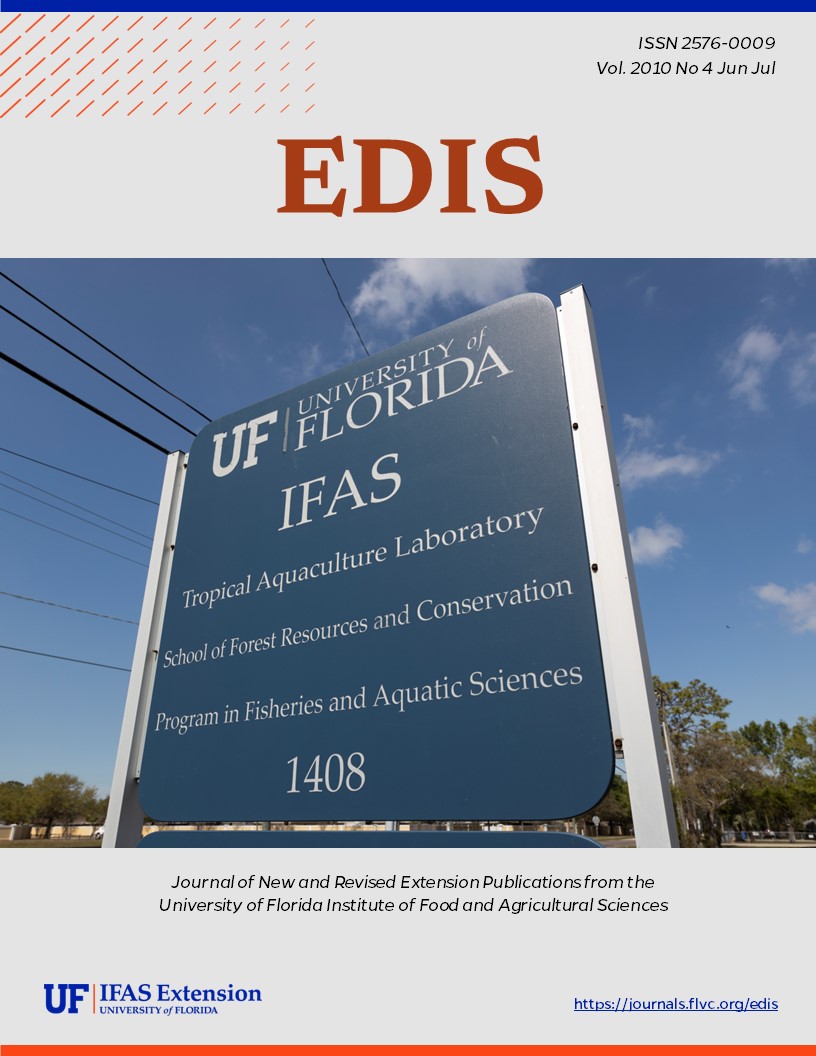Abstract
FOR 243, a 2-page fact sheet by Michael G. Andreu, Melissa H. Friedman, Mary McKenzie, and Heather V. Quintana, describes this native oak, naturally found in the dry, xeric habitats of sandy ridges and coastal dunes throughout most of Florida and coastal Alabama, Georgia, and the southern portion of South Carolina — scientific and common names, description, allergen, and applications. Includes references. Published by the UF School of Forest Resources and Conservation, May 2010.
References
Austin, D. F. 2004. Florida ethnobotany. Boca Raton, FL: CRC Press.
Godfrey, R. K. 1988. Trees, shrubs, and woody vines of Northern Florida and adjacent Georgia and Alabama. Athens, GA: The University of Georgia Press.
Little, E. L. 2005. National Audubon Society field guide to trees, Eastern region. New York, NY: Alfred A. Knopf, Inc.
Nelson, G. 1994. The trees of Florida: A reference and field guide. Sarasota, FL: Pineapple Press.
Ogren, T. L. 2000. Allergy-free gardening: The revolutionary guide to healthy landscaping. Berkeley, CA: Ten Speed Press.
Osorio, R. 2001. A gardener's guide to Florida's native plants. Gainesville, FL: University Press of Florida.
Stein, J., D. Binion, and R. Acciavatti. 2003. Field guide to native oak species of Eastern North America. Morgantown, WV: USDA Forest Service.

